
For ARTBO 2022, La Cometa will emphasize the exhibition and circulation of seven artists that are part of our artistic program and an example of the curatorial direction the gallery has taken in recent years. We thought of the booth in two moments: The first, which will occupy most of its surface, is designed within the framework of a dialogue between the works of Gustavo Pérez Monzón, Olga de Amaral, Castros Castro, Adrián Gaitán, Alejandro Sánchez, Ana González and Vanessa Gómez, with which we hope that visitors to the fair can relate to the artistic production from different aspects of contemporary art. The second approach will develop in an internal part of the booth, where the visitors can establish a dialogue between artworks of Latin American references of modern art that have allowed us to think the contemporary artistic production and which have influenced, to some extent, the work of our artists.
Galeria La Cometa was founded 36 years ago to contribute to the development of the local art scene. Our project is focused on representing, exhibiting, and promoting Colombian and Latin-American art.
Our space was thought of as a platform to facilitate the dialogs between the viewers, the work of art, and the artists, from the different approaches to contemporary art. This, without leaving aside the biggest representatives of Latin-American modern art, who bring a fundamental context to the contemporary production.

Gustavo Pérez Monzón belongs to a generation of artists who conceptually and formally transformed the visual arts in Cuba during the last decades of the 20th century. His participation in the group exhibition Volumen I in 1981, at the Centro de Arte Internacional in Havana, was a break with the art produced until then on the island and a declaration of his interest in geometric abstraction. Monzon speaks to us cryptically about the set of forces and relationships that govern human connections; his work is a reflection of a sort of metaphysics of line and space. The appearance of the symbol as language and synthesis of complex thought; the use of mathematics and geometry as manifestations of the ordering of natural chaos; and the tarot as that mystical alphabet that establishes links between destiny and intuition, make his work an important moment to think abstraction in other directions. Gustavo works on fragile, subtle, honest supports. Most of his work is made on paper and cardboard; there are installations of suspended threads that connect an almost scientific disposition with the enigma; and tapestries where the representation of philosophical and esoteric concepts are found thanks to the repetitive and sophisticated act of weaving. Pérez Monzón represented Cuba at the 1982 Paris Biennial and his work was part of the first Havana Biennial in 1984. In the late 1980s, he decided to silence his career as an artist and move to Mexico, where his work shifted to educational and pedagogical projects at the Centro Morelense de las Artes in Cuernavaca, and to an exploration of collective creation. In 2015, the Museo Nacional de Bellas Artes in Havana presented the retrospective Tramas, organized by the Ella Fontanals Cisneros Collection. Since then, he has resumed her artistic career, producing works that reflect the research carried out in recent years and evidence a maturity in his production.

Born in Bogota, Colombia in 1981, Alejandro Sanchez graduated in Bogotá as a visual artist in 2009 and three years later, in 2012, he finished his postgraduate studies in technologies for pictorial production at the National University of the Arts in Buenos Aires, Argentina. Alejandro investigates social changes in Latin American countries, especially in Colombia. He is constantly willing to fulfill his concerns around social and political systems such as globalization, democratization, and economic growth, which produce alterations in social structures. Thus, examines the factors driving the development of this change, such as free trade, privatizations, and multinationals. Through his artistic production, he reflects on the consequences that social changes can bring, which is why we find themes in his work such as socio-cultural displacement and cultural uprooting.

Colombian artist who for more than 50 years has been successfully developing a unique artistic language that finds itself between painting, sculpture, fiber art and installation. Her works form part of the permanent collections of some of the most important museums of Europe, The United States, Latin America and Asia, such as MoMA and Metropolitan Museum of Art in New York, Musee d'Art Moderne de la Ville de Paris, The Museum of Fine Arts Houston, the Fine Arts Museum of San Francisco, the Museum of the Bank of the Republic in Bogota, the National Museum of Modern Art in Kyoto, Japan and the Bellerive Museum in Zurich, Switzerland. De Amaral transforms cotton thread by combining it with other materials in experimental and innovative ways. Her art has been contextualized within the discourses of the Latin American vanguard, the feminine renaissance of crafts, fiber art, modernist abstraction and the search for new meanings of space in postmodernism.
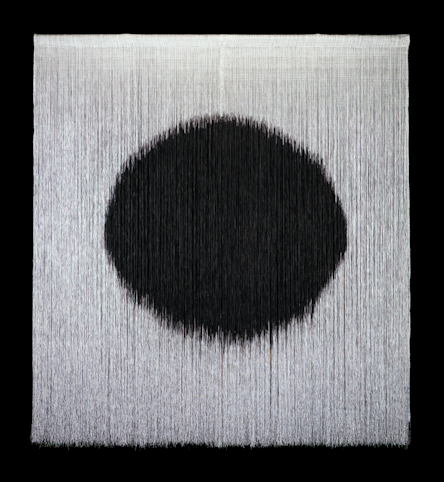
Colombian artist who for more than 50 years has been successfully developing a unique artistic language that finds itself between painting, sculpture, fiber art and installation. Her works form part of the permanent collections of some of the most important museums of Europe, The United States, Latin America and Asia, such as MoMA and Metropolitan Museum of Art in New York, Musee d'Art Moderne de la Ville de Paris, The Museum of Fine Arts Houston, the Fine Arts Museum of San Francisco, the Museum of the Bank of the Republic in Bogota, the National Museum of Modern Art in Kyoto, Japan and the Bellerive Museum in Zurich, Switzerland. De Amaral transforms cotton thread by combining it with other materials in experimental and innovative ways. Her art has been contextualized within the discourses of the Latin American vanguard, the feminine renaissance of crafts, fiber art, modernist abstraction and the search for new meanings of space in postmodernism.

Vanessa Gómez's body of work is built around a deep reflection on the crafts, particularly on traditional Latin American weaving techniques, which represents an exercise of resistance to the hasty rhythms of life and production in our contemporaneity. The fabric, essential in her work, not only has a poetic relationship with the utopian structure of society but is directly related to the territory and therefore to the resources derived from nature. Her pieces are a tribute to the manual work carried out by weavers, who have inherited extensive knowledge from indigenous ancestors, they exalt the textile tradition and carry out their work in a conscious and responsible manner with the environment.
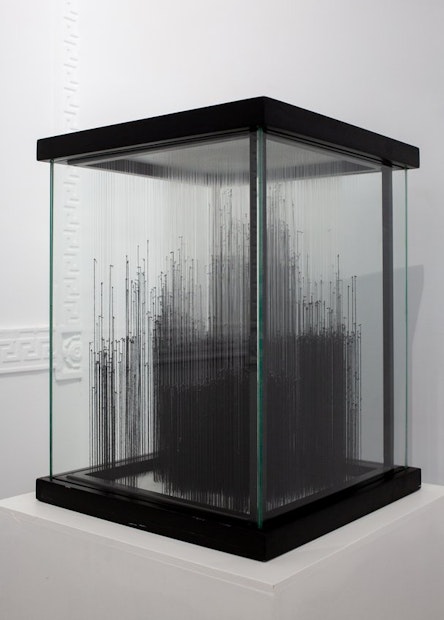
Vanessa Gómez's body of work is built around a deep reflection on the crafts, particularly on traditional Latin American weaving techniques, which represents an exercise of resistance to the hasty rhythms of life and production in our contemporaneity. The fabric, essential in her work, not only has a poetic relationship with the utopian structure of society but is directly related to the territory and therefore to the resources derived from nature. Her pieces are a tribute to the manual work carried out by weavers, who have inherited extensive knowledge from indigenous ancestors, they exalt the textile tradition and carry out their work in a conscious and responsible manner with the environment.

Vanessa Gómez's body of work is built around a deep reflection on the crafts, particularly on traditional Latin American weaving techniques, which represents an exercise of resistance to the hasty rhythms of life and production in our contemporaneity. The fabric, essential in her work, not only has a poetic relationship with the utopian structure of society but is directly related to the territory and therefore to the resources derived from nature. Her pieces are a tribute to the manual work carried out by weavers, who have inherited extensive knowledge from indigenous ancestors, they exalt the textile tradition and carry out their work in a conscious and responsible manner with the environment.
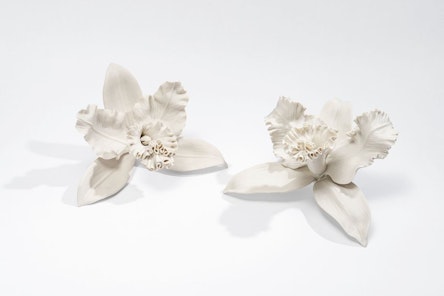
She graduated as an architect at the University of the Andes, majored in Art and Gender at Trinity College in Dublin, Ireland, and did her Masters in Photography-Printing-Publishing at the ESNBA and the ESCP in Paris, France. Her works and sculptural interventions reveal her particular concern to understand the displacement, the architecture, the nature and the absence from a feminine point of view of office, inheritance and invoice. Her body of work has developed it based on the experience of listening closely and in parallel to her work, to people / craftsmen from sectors of the displaced population victims of the armed conflict that have emigrated to urban centers. Projects such as Sleeping Beauties, Mutatio, Pass y Flora, Nymphaea Salvaje and Mutuum make the interest evident in the observation of the abandoned architecture caused by the displacement, the invasive nature and the exploration of the phenomena that occurs over them. The craft, the invoice and the family tradition are part of her motivation to highlight the feminine and organic side of her history. Crafts she learned from her grandmother, an embroiderer, and her grandfather, a photographer, are present in each piece. Her passion for research of women's life and gaze in the artistic and scientific field throughout history has been an inspiration that complements her work.
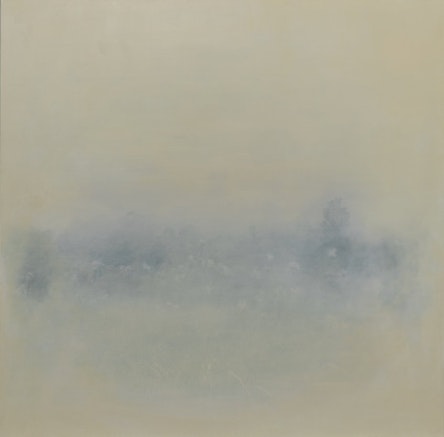
She graduated as an architect at the University of the Andes, majored in Art and Gender at Trinity College in Dublin, Ireland, and did her Masters in Photography-Printing-Publishing at the ESNBA and the ESCP in Paris, France. Her works and sculptural interventions reveal her particular concern to understand the displacement, the architecture, the nature and the absence from a feminine point of view of office, inheritance and invoice. Her body of work has developed it based on the experience of listening closely and in parallel to her work, to people / craftsmen from sectors of the displaced population victims of the armed conflict that have emigrated to urban centers. Projects such as Sleeping Beauties, Mutatio, Pass y Flora, Nymphaea Salvaje and Mutuum make the interest evident in the observation of the abandoned architecture caused by the displacement, the invasive nature and the exploration of the phenomena that occurs over them. The craft, the invoice and the family tradition are part of her motivation to highlight the feminine and organic side of her history. Crafts she learned from her grandmother, an embroiderer, and her grandfather, a photographer, are present in each piece. Her passion for research of women's life and gaze in the artistic and scientific field throughout history has been an inspiration that complements her work.
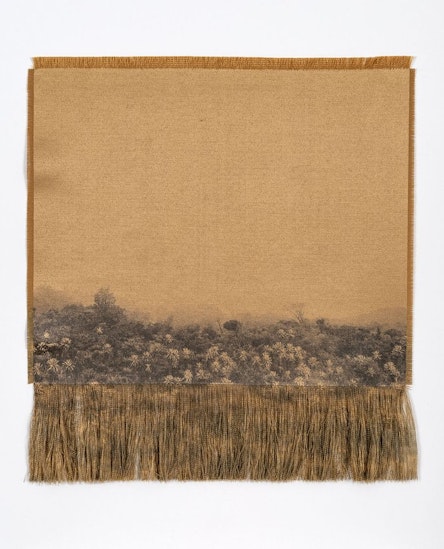
She graduated as an architect at the University of the Andes, majored in Art and Gender at Trinity College in Dublin, Ireland, and did her Masters in Photography-Printing-Publishing at the ESNBA and the ESCP in Paris, France. Her works and sculptural interventions reveal her particular concern to understand the displacement, the architecture, the nature and the absence from a feminine point of view of office, inheritance and invoice. Her body of work has developed it based on the experience of listening closely and in parallel to her work, to people / craftsmen from sectors of the displaced population victims of the armed conflict that have emigrated to urban centers. Projects such as Sleeping Beauties, Mutatio, Pass y Flora, Nymphaea Salvaje and Mutuum make the interest evident in the observation of the abandoned architecture caused by the displacement, the invasive nature and the exploration of the phenomena that occurs over them. The craft, the invoice and the family tradition are part of her motivation to highlight the feminine and organic side of her history. Crafts she learned from her grandmother, an embroiderer, and her grandfather, a photographer, are present in each piece. Her passion for research of women's life and gaze in the artistic and scientific field throughout history has been an inspiration that complements her work.
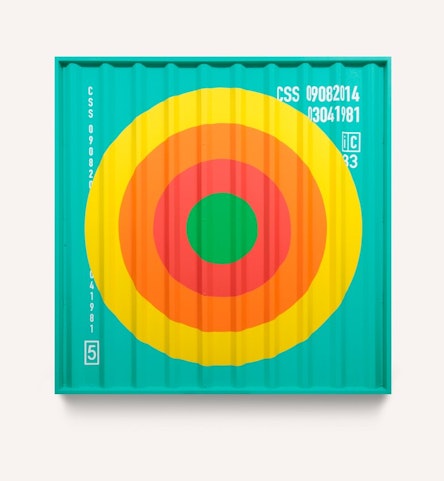
Born in Bogota, Colombia in 1981, Alejandro Sanchez graduated in Bogotá as a visual artist in 2009 and three years later, in 2012, he finished his postgraduate studies in technologies for pictorial production at the National University of the Arts in Buenos Aires, Argentina. Alejandro investigates social changes in Latin American countries, especially in Colombia. He is constantly willing to fulfill his concerns around social and political systems such as globalization, democratization, and economic growth, which produce alterations in social structures. Thus, examines the factors driving the development of this change, such as free trade, privatizations, and multinationals. Through his artistic production, he reflects on the consequences that social changes can bring, which is why we find themes in his work such as socio-cultural displacement and cultural uprooting.

Gustavo Pérez Monzón belongs to a generation of artists who conceptually and formally transformed the visual arts in Cuba during the last decades of the 20th century. His participation in the group exhibition Volumen I in 1981, at the Centro de Arte Internacional in Havana, was a break with the art produced until then on the island and a declaration of his interest in geometric abstraction. Monzon speaks to us cryptically about the set of forces and relationships that govern human connections; his work is a reflection of a sort of metaphysics of line and space. The appearance of the symbol as language and synthesis of complex thought; the use of mathematics and geometry as manifestations of the ordering of natural chaos; and the tarot as that mystical alphabet that establishes links between destiny and intuition, make his work an important moment to think abstraction in other directions. Gustavo works on fragile, subtle, honest supports. Most of his work is made on paper and cardboard; there are installations of suspended threads that connect an almost scientific disposition with the enigma; and tapestries where the representation of philosophical and esoteric concepts are found thanks to the repetitive and sophisticated act of weaving. Pérez Monzón represented Cuba at the 1982 Paris Biennial and his work was part of the first Havana Biennial in 1984. In the late 1980s, he decided to silence his career as an artist and move to Mexico, where his work shifted to educational and pedagogical projects at the Centro Morelense de las Artes in Cuernavaca, and to an exploration of collective creation. In 2015, the Museo Nacional de Bellas Artes in Havana presented the retrospective Tramas, organized by the Ella Fontanals Cisneros Collection. Since then, he has resumed her artistic career, producing works that reflect the research carried out in recent years and evidence a maturity in his production.
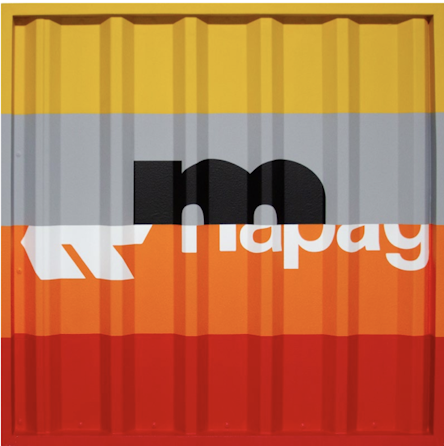
Born in Bogota, Colombia in 1981, Alejandro Sanchez graduated in Bogotá as a visual artist in 2009 and three years later, in 2012, he finished his postgraduate studies in technologies for pictorial production at the National University of the Arts in Buenos Aires, Argentina. Alejandro investigates social changes in Latin American countries, especially in Colombia. He is constantly willing to fulfill his concerns around social and political systems such as globalization, democratization, and economic growth, which produce alterations in social structures. Thus, examines the factors driving the development of this change, such as free trade, privatizations, and multinationals. Through his artistic production, he reflects on the consequences that social changes can bring, which is why we find themes in his work such as socio-cultural displacement and cultural uprooting.
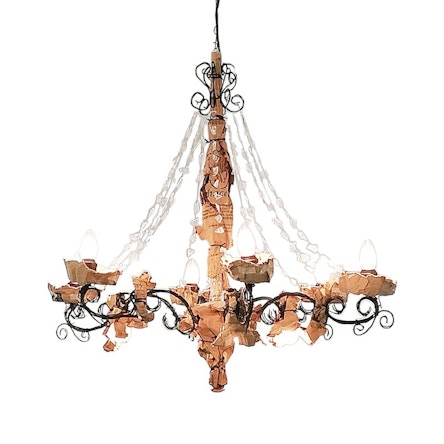
Adrián Gaitán's work focuses on the deconstruction and revision of symbols that are usually associated with high culture and with the most representative images in the history of western art. Gaitán constantly rethinks on the image and the aesthetic reference that Europe represents for Latin America. His pieces are made and treated with abject, recycled materials, with a high symbolic potential of what could be considered as "low culture". The materiality is essential to understand his work since it generates irony regarding the triviality of the objects that the most privileged possess and also, the fragility of the concepts and images associated with art and culture. Elements such as soil, cardboard, motor oil, used plastic, wood, among others, denote Gaitán's interest in the power of materials and in their ability to bring into tension any rigid concept.

Adrián Gaitán's work focuses on the deconstruction and revision of symbols that are usually associated with high culture and with the most representative images in the history of western art. Gaitán constantly rethinks on the image and the aesthetic reference that Europe represents for Latin America. His pieces are made and treated with abject, recycled materials, with a high symbolic potential of what could be considered as "low culture". The materiality is essential to understand his work since it generates irony regarding the triviality of the objects that the most privileged possess and also, the fragility of the concepts and images associated with art and culture. Elements such as soil, cardboard, motor oil, used plastic, wood, among others, denote Gaitán's interest in the power of materials and in their ability to bring into tension any rigid concept.

Adrián Gaitán's work focuses on the deconstruction and revision of symbols that are usually associated with high culture and with the most representative images in the history of western art. Gaitán constantly rethinks on the image and the aesthetic reference that Europe represents for Latin America. His pieces are made and treated with abject, recycled materials, with a high symbolic potential of what could be considered as "low culture". The materiality is essential to understand his work since it generates irony regarding the triviality of the objects that the most privileged possess and also, the fragility of the concepts and images associated with art and culture. Elements such as soil, cardboard, motor oil, used plastic, wood, among others, denote Gaitán's interest in the power of materials and in their ability to bring into tension any rigid concept.

Carlos' work is based on the appropriation of historical images and the formal and symbolic re-contextualization of found objects. By exploring different elements of individual and collective identity, he brings to light forgotten histories and overlooked points of view. In the last seven years, she has participated in nine solo exhibitions and more than forty group exhibitions in countries such as Bolivia, Brazil, France, Mexico, Peru, New Zealand, and Spain, among others. He received a BFA from Universidad Jorge Tadeo Lozano, Bogotá, in 2002; and in 2008 he was awarded with a Fulbright scholarship to go to the San Francisco Art Institute, where he obtained a Master of Fine Arts in Painting in 2010.

Carlos' work is based on the appropriation of historical images and the formal and symbolic re-contextualization of found objects. By exploring different elements of individual and collective identity, he brings to light forgotten histories and overlooked points of view. In the last seven years, she has participated in nine solo exhibitions and more than forty group exhibitions in countries such as Bolivia, Brazil, France, Mexico, Peru, New Zealand, and Spain, among others. He received a BFA from Universidad Jorge Tadeo Lozano, Bogotá, in 2002; and in 2008 he was awarded with a Fulbright scholarship to go to the San Francisco Art Institute, where he obtained a Master of Fine Arts in Painting in 2010.
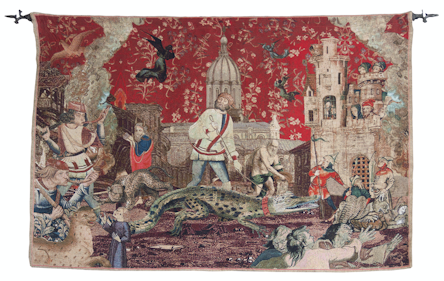
Carlos' work is based on the appropriation of historical images and the formal and symbolic re-contextualization of found objects. By exploring different elements of individual and collective identity, he brings to light forgotten histories and overlooked points of view. In the last seven years, she has participated in nine solo exhibitions and more than forty group exhibitions in countries such as Bolivia, Brazil, France, Mexico, Peru, New Zealand, and Spain, among others. He received a BFA from Universidad Jorge Tadeo Lozano, Bogotá, in 2002; and in 2008 he was awarded with a Fulbright scholarship to go to the San Francisco Art Institute, where he obtained a Master of Fine Arts in Painting in 2010.
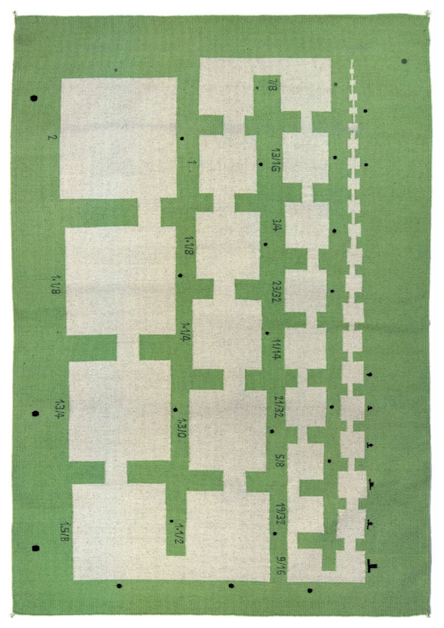
Gustavo Pérez Monzón belongs to a generation of artists who conceptually and formally transformed the visual arts in Cuba during the last decades of the 20th century. His participation in the group exhibition Volumen I in 1981, at the Centro de Arte Internacional in Havana, was a break with the art produced until then on the island and a declaration of his interest in geometric abstraction. Monzon speaks to us cryptically about the set of forces and relationships that govern human connections; his work is a reflection of a sort of metaphysics of line and space. The appearance of the symbol as language and synthesis of complex thought; the use of mathematics and geometry as manifestations of the ordering of natural chaos; and the tarot as that mystical alphabet that establishes links between destiny and intuition, make his work an important moment to think abstraction in other directions. Gustavo works on fragile, subtle, honest supports. Most of his work is made on paper and cardboard; there are installations of suspended threads that connect an almost scientific disposition with the enigma; and tapestries where the representation of philosophical and esoteric concepts are found thanks to the repetitive and sophisticated act of weaving. Pérez Monzón represented Cuba at the 1982 Paris Biennial and his work was part of the first Havana Biennial in 1984. In the late 1980s, he decided to silence his career as an artist and move to Mexico, where his work shifted to educational and pedagogical projects at the Centro Morelense de las Artes in Cuernavaca, and to an exploration of collective creation. In 2015, the Museo Nacional de Bellas Artes in Havana presented the retrospective Tramas, organized by the Ella Fontanals Cisneros Collection. Since then, he has resumed her artistic career, producing works that reflect the research carried out in recent years and evidence a maturity in his production.
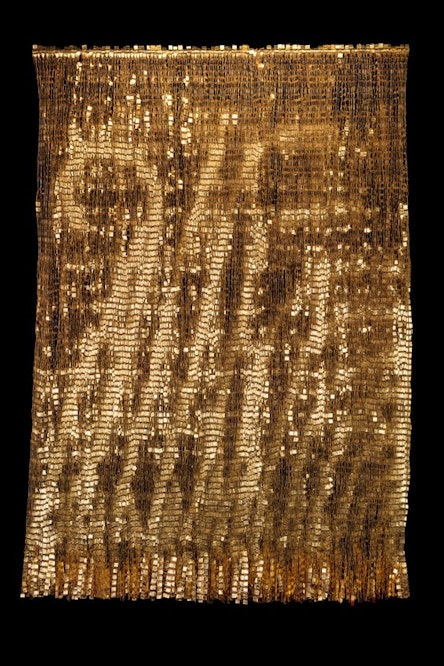
Colombian artist who for more than 50 years has been successfully developing a unique artistic language that finds itself between painting, sculpture, fiber art and installation. Her works form part of the permanent collections of some of the most important museums of Europe, The United States, Latin America and Asia, such as MoMA and Metropolitan Museum of Art in New York, Musee d'Art Moderne de la Ville de Paris, The Museum of Fine Arts Houston, the Fine Arts Museum of San Francisco, the Museum of the Bank of the Republic in Bogota, the National Museum of Modern Art in Kyoto, Japan and the Bellerive Museum in Zurich, Switzerland. De Amaral transforms cotton thread by combining it with other materials in experimental and innovative ways. Her art has been contextualized within the discourses of the Latin American vanguard, the feminine renaissance of crafts, fiber art, modernist abstraction and the search for new meanings of space in postmodernism.